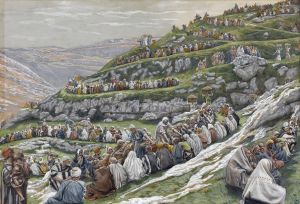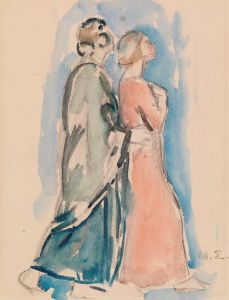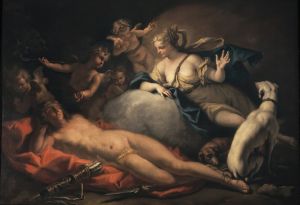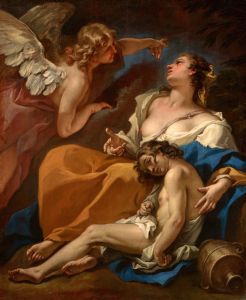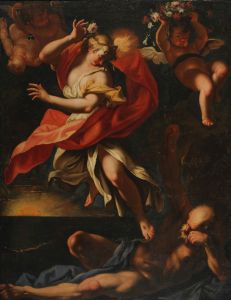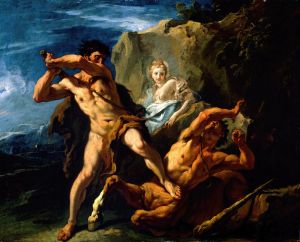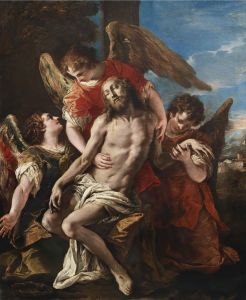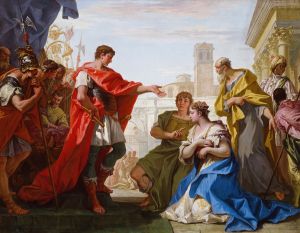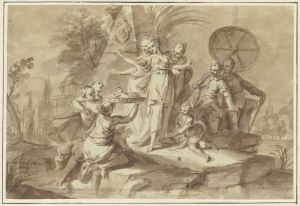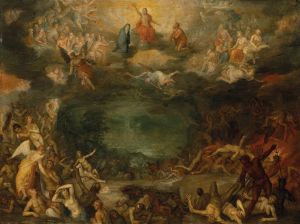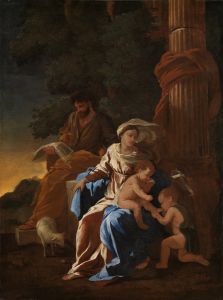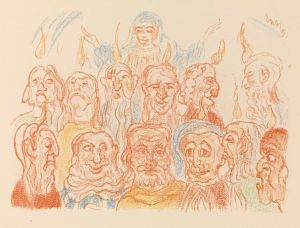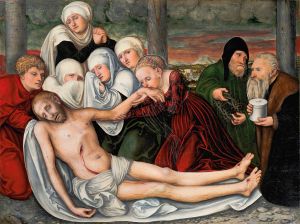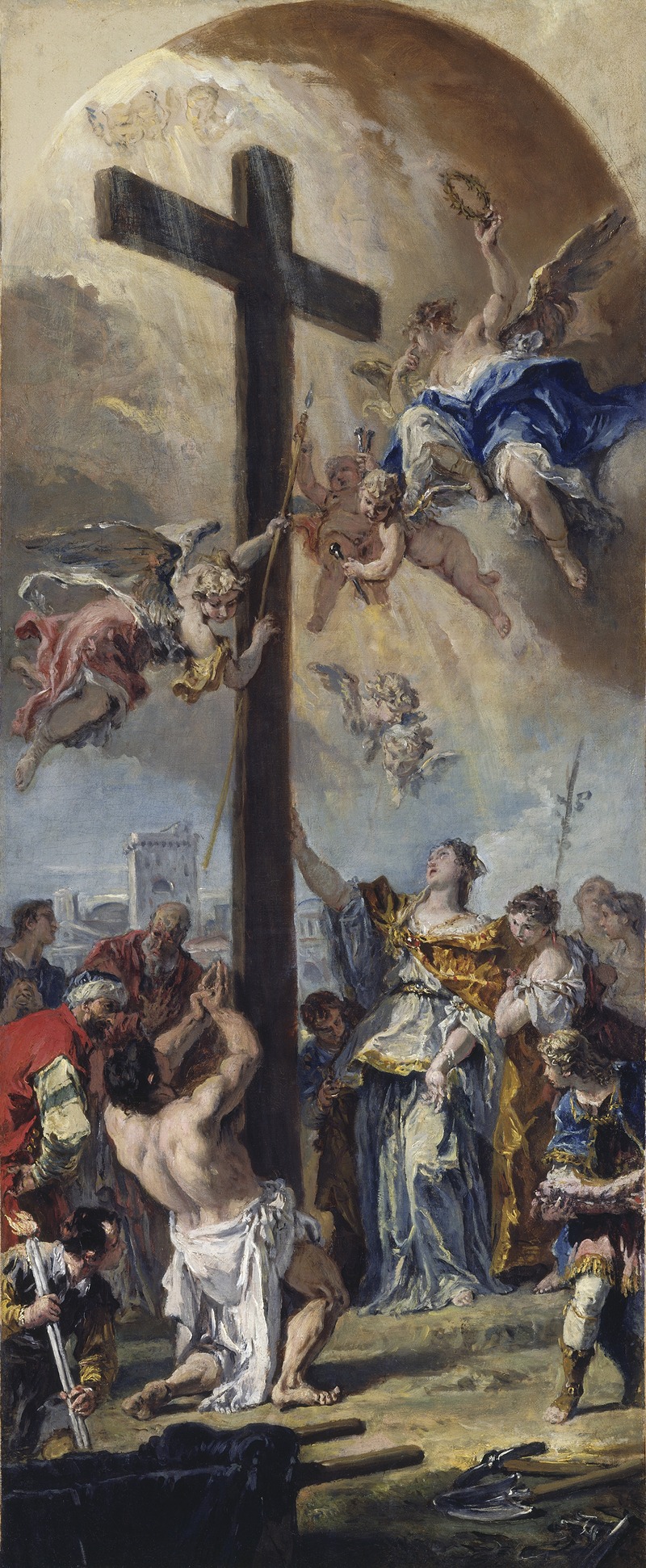
The Exaltation of the True Cross
A hand-painted replica of Sebastiano Ricci’s masterpiece The Exaltation of the True Cross, meticulously crafted by professional artists to capture the true essence of the original. Each piece is created with museum-quality canvas and rare mineral pigments, carefully painted by experienced artists with delicate brushstrokes and rich, layered colors to perfectly recreate the texture of the original artwork. Unlike machine-printed reproductions, this hand-painted version brings the painting to life, infused with the artist’s emotions and skill in every stroke. Whether for personal collection or home decoration, it instantly elevates the artistic atmosphere of any space.
Sebastiano Ricci's "The Exaltation of the True Cross" is a notable work by the Italian Baroque painter, who was active during the late 17th and early 18th centuries. Ricci is recognized for his dynamic compositions and vibrant use of color, which were characteristic of the Venetian school of painting. His works often depicted religious and mythological themes, and "The Exaltation of the True Cross" is no exception, as it captures a significant event in Christian tradition.
The painting illustrates the story of the discovery and exaltation of the True Cross, the cross upon which Jesus Christ was crucified. According to Christian legend, the True Cross was found by Saint Helena, the mother of the Roman Emperor Constantine the Great, during her pilgrimage to Jerusalem in the 4th century. The event of the exaltation refers to the raising of the cross for veneration by the faithful, symbolizing the triumph of Christianity.
Ricci's depiction of this event is marked by his typical Baroque style, which includes dramatic lighting, dynamic movement, and a rich color palette. The composition likely features a central figure, possibly Saint Helena, who is often associated with the discovery of the True Cross. Surrounding her, there may be other figures, such as clergy, soldiers, or onlookers, all engaged in the act of venerating the cross. The use of light in the painting would have been employed to highlight the significance of the cross, drawing the viewer's eye to its central position in the composition.
Sebastiano Ricci's work is known for its theatricality and emotional intensity, qualities that would be evident in "The Exaltation of the True Cross." His ability to convey complex narratives through expressive figures and dynamic arrangements is a testament to his skill as a painter. The painting would have been intended to inspire devotion and convey the power and glory of the Christian faith.
Ricci's career was marked by his travels across Europe, where he worked in various cities, including Venice, Florence, Rome, and London. His exposure to different artistic influences and patrons helped shape his style and contributed to his reputation as a leading artist of his time. "The Exaltation of the True Cross" would have been created during a period when religious art was highly valued, and artists like Ricci played a crucial role in visually communicating religious stories and themes to a broad audience.
While specific details about the commission or current location of "The Exaltation of the True Cross" are not readily available, Ricci's work remains an important part of the Baroque artistic legacy. His paintings continue to be studied for their technical mastery and their ability to convey the spiritual and emotional depth of the subjects they depict. Through works like "The Exaltation of the True Cross," Sebastiano Ricci contributed to the rich tapestry of religious art that has been appreciated by generations of viewers.





